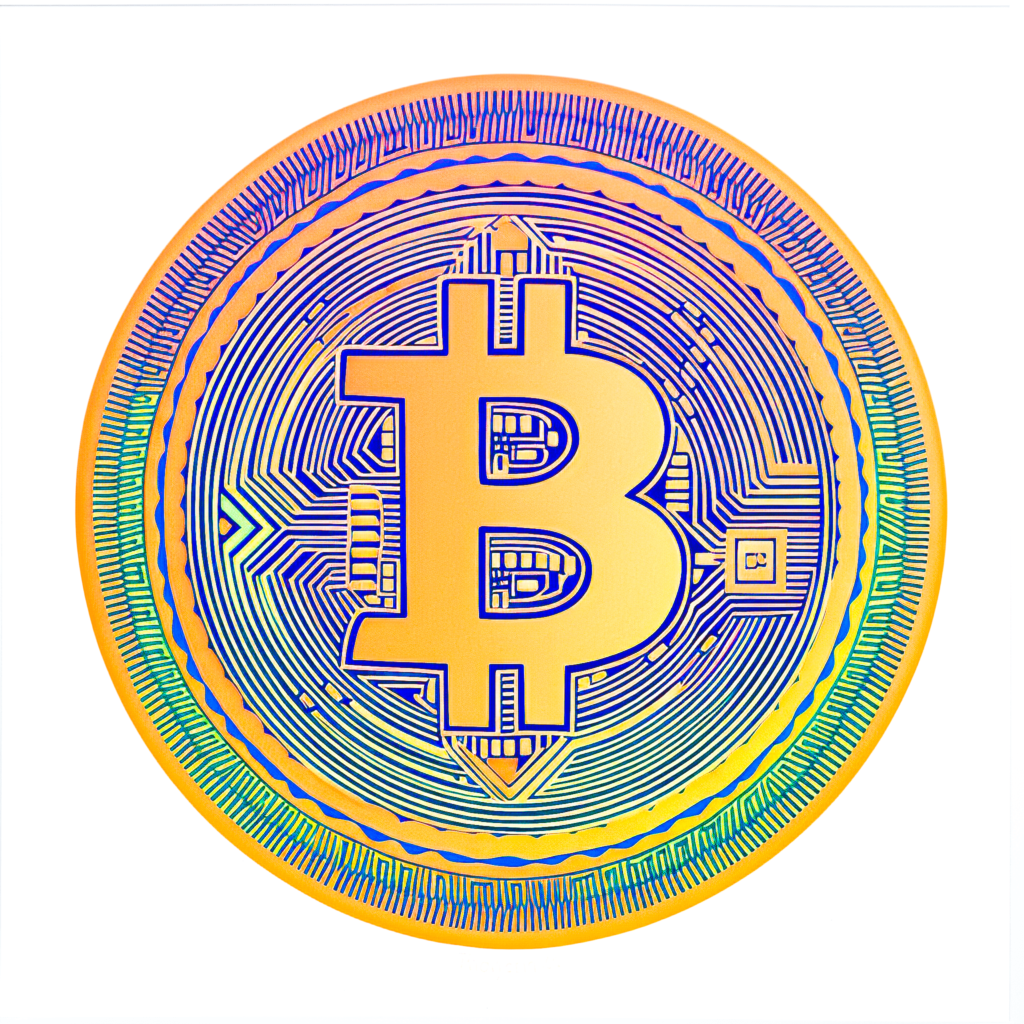
On March 6, 2025, the President of the United States issued an Executive Order officially establishing the Strategic Bitcoin Reserve (SBR) and the United States Digital Asset Stockpile (USDAS). This landmark decision signals a major shift in the nation’s approach to digital assets, reinforcing Bitcoin’s status as a strategic financial asset while setting the foundation for digital asset management at the federal level.
Why Is the U.S. Creating a Strategic Bitcoin Reserve?
Bitcoin (BTC) has long been referred to as “digital gold” due to its fixed supply of 21 million coins and its strong security. Unlike traditional fiat currencies, Bitcoin cannot be printed or manipulated by central authorities, making it a valuable hedge against inflation and economic uncertainty.
The United States government already holds a significant amount of Bitcoin, mainly through asset forfeitures and law enforcement seizures. However, there has been no structured policy for managing these assets strategically—until now. By consolidating all forfeited BTC into a sovereign Bitcoin reserve, the U.S. aims to:
- Strengthen its position in the global digital economy
- Enhance financial security by holding Bitcoin as a long-term store of value
- Establish Bitcoin as a key national asset alongside gold and other strategic reserves
Key Takeaways from the Executive Order
1. Creation of the Strategic Bitcoin Reserve (SBR)
- The Department of the Treasury will oversee the SBR, which will hold all BTC forfeited through criminal or civil proceedings.
- Government-held BTC will not be sold; instead, it will be retained as a reserve asset.
- Strategies will be developed to acquire additional Bitcoin, as long as they are budget-neutral and do not place additional financial burdens on taxpayers.
2. Establishment of the United States Digital Asset Stockpile (USDAS)
- In addition to Bitcoin, other government-seized digital assets (such as Ethereum and stablecoins) will be consolidated into the USDAS.
- The Treasury Department will be responsible for managing and safeguarding these assets.
- Unlike Bitcoin, these assets may be liquidated under certain circumstances, such as funding law enforcement operations or returning funds to victims of crimes.
3. Prohibitions on Liquidating Government-Held Bitcoin
- The Executive Order prohibits the government from selling BTC in the Strategic Bitcoin Reserve unless under specific legal circumstances.
- This policy contrasts with previous auctions of seized Bitcoin, where the U.S. government sold off assets at significantly lower prices than their future valuations.
- By holding Bitcoin instead of selling it, the U.S. acknowledges Bitcoin’s long-term value as a digital asset.
4. Legal and Investment Evaluation
- The Secretary of the Treasury must conduct a comprehensive legal and investment review within 60 days to outline the best management strategies for the SBR and USDAS.
- Agencies are required to submit full reports on their current digital asset holdings within 30 days.
How Will This Affect Bitcoin and the Digital Asset Market?
1. Increased Legitimacy for Bitcoin
This move further legitimizes Bitcoin as a strategic financial asset, potentially leading to:
- Greater institutional and sovereign investment in BTC
- Strengthened global confidence in Bitcoin as a store of value
- A potential increase in Bitcoin’s price due to long-term government retention
2. Potential Ripple Effects on Global Bitcoin Policy
As the first major government to establish a dedicated Bitcoin reserve, the U.S. could set a precedent for other nations to follow. This may lead to:
- More governments adding Bitcoin to their national reserves
- Increased global competition for acquiring BTC
- Accelerated adoption of Bitcoin as a reserve currency
3. Bitcoin Reserves as a Global Game Theory Strategy
From a game theory perspective, the establishment of a U.S. Bitcoin reserve places pressure on other nations to follow suit. If Bitcoin continues to appreciate in value, any country that delays adopting a strategic reserve will be at a disadvantage compared to those that act swiftly. This creates a Nash equilibrium scenario, where rational actors (governments) must also accumulate Bitcoin to avoid economic and geopolitical disadvantages.
Nations that fail to establish reserves risk:
- Losing influence in the emerging Bitcoin-based financial system
- Facing competitive disadvantages in international trade if Bitcoin becomes a major reserve asset
- Allowing their adversaries to gain a first-mover advantage in digital asset accumulation
Historically, early adopters of transformative financial assets—such as gold reserves in the 19th century or the U.S. dollar’s global dominance after World War II—gained significant economic and strategic power. The same dynamic could unfold with Bitcoin, leading to an inevitable cascade where more countries begin stockpiling BTC as a matter of national security and financial stability.
4. Shift in U.S. Crypto Regulations
The creation of a formalized digital asset policy suggests the U.S. government is moving toward a more structured regulatory framework for crypto assets. Future implications may include:
- Stricter compliance measures for digital asset exchanges and custodians
- New tax policies and reporting requirements for crypto holdings
- Potential future policies governing CBDCs (Central Bank Digital Currencies)
A Historic Moment for Bitcoin
The establishment of the Strategic Bitcoin Reserve is a monumental step in the evolution of Bitcoin’s role in global finance. By recognizing Bitcoin as a critical financial and strategic asset, the U.S. government is signaling its commitment to digital asset adoption and economic innovation.
As the game theory dynamics unfold, other nations will be forced to establish their own Bitcoin reserves or risk falling behind in the digital economy. This decision could significantly impact Bitcoin’s long-term valuation, financial stability, and global adoption. As governments, institutions, and investors react to this historic policy shift, the future of Bitcoin has never looked brighter.
